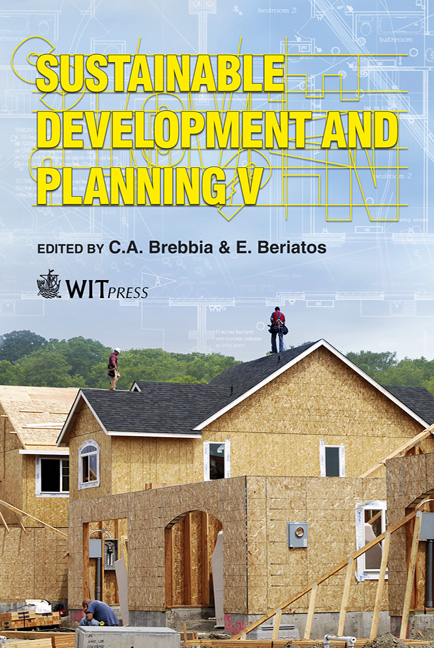Street Lighting Power Reduction Potential In Lithuanian Cities
Price
Free (open access)
Transaction
Volume
150
Pages
9
Page Range
909 - 918
Published
2011
Size
3,109 kb
Paper DOI
10.2495/SDP110751
Copyright
WIT Press
Author(s)
R. Balsys, K. Otas, A. Mikulionis, V. J. Pakėnas, A. Vaškys, P. Vitta & A. Žukauskas
Abstract
Purpose of this paper is to evaluate the current street lighting condition and energy saving possibilities using new light emitting diode (LED) technologies in the main cities of Lithuania. The power consumption evaluation model has been used for comparison of current high-pressure sodium (HPS) lamp technology and available LED technologies. The model enables to evaluate luminous flux losses as well as electric power losses. The calculations have been carried out for the largest Lithuanian cities and the following conclusions have been made. The current HPS technology was implemented in towns about 10–15 years ago. Now the life time of those luminaries is being expired. So the renovation of street lighting systems would be necessary in the nearest future. It was determined that the implementation of LED technologies (due to higher efficiency of LEDs, smaller energy losses in luminaire optics, more effective distribution of luminous flux and other advantages) enables to achieve electric power reduction by 20– 60%. This mostly depends on power of the HPS lamp to be replaced and the quality of LED luminaires. The expedience of the current luminaire replacement by LED luminaire depends on the street lighting condition characteristics such as type and power of luminaire, maintenance duration and others. Most energy efficient replacement by LED luminaires should be carried out in the narrow residential streets where luminance levels exceed the requirements of standards now. Keywords: street lighting, power reduction, LED lighting.
Keywords
street lighting, power reduction, LED lighting.





